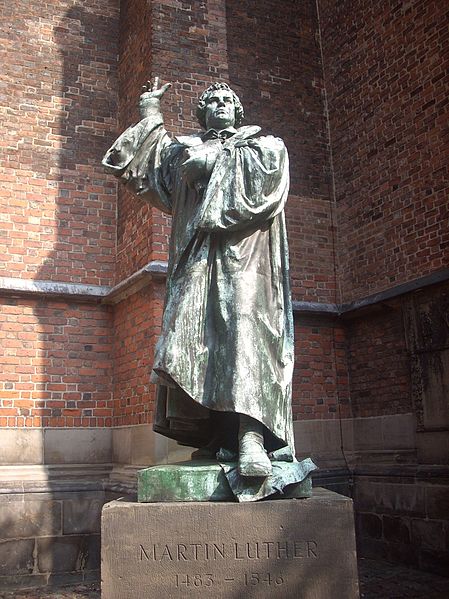CHAPTER VI
The March of the Revolution
The previous considerations gave us some data about the march of the Revolution, namely, its processive character, its metamorphoses, its outbreak in the innermost recesses of the human soul, and its externalization in acts. As can be seen, the Revolution has a whole dynamic of its own. We can attain a greater appreciation of this by studying additional aspects of the Revolution’s march.
1. The Driving Force of the Revolution
A. The Revolution and the Disordered Tendencies
The most powerful driving force of the Revolution is in the disordered tendencies.
For this reason, the Revolution has been compared to a typhoon, an earthquake, a cyclone, the unleashed forces of nature being material images of the unbridled passions of man.
B. The Paroxysms of the Revolution Are Fully Present in Its Seeds
Like cataclysms, evil passions have an immense power-but only to destroy.
In the first instant of its great explosions, this power already has the potential for all the virulence it will manifest in its worst excesses. In the first denials of Protestantism, for example, the anarchic yearnings of communism were already implicit. While Luther was, from the viewpoint of his explicit formulations, no more than Luther, all the tendencies, state of soul, and imponderables of the Lutheran explosion already bore within them, authentically and fully, even though implicitly, the spirit of Voltaire and Robespierre and of Marx and Lenin.1

Statue of Martin Luther in Germany outside the [protestant] Marktkirche temple. Luther is stepping on the Papal Bull of Excommunication of Luther.
C. The Revolution Aggravates Its Own Causes
These disordered tendencies develop like itches and vices; the more they are satisfied, the more intense they become. The tendencies produce moral crises, erroneous doctrines, and then revolutions. Each of them, in turn, exacerbates the tendencies. The latter then lead, by an analogous movement, to new crises, new errors, and new revolutions. This explains why we find ourselves today in such a paroxysm of impiety and immorality and such an abyss of disorder and discord.
-
Cf. Leo XIII, encyclical Quod Apostolici muneris, December 28, 1878, in Fr. Joseph Husslein, S.J., Social Wellsprings: Fourteen Epochal Documents by Pople Leo XII (Milwaukee: Bruce Publishing Co., 1940), p. 15.
Plinio Corrêa de Oliveira, Revolution and Counter-Revolution (York, Penn.: The American Society for the Defense of Tradition, Family, and Property, 1993), Part I, Ch. VI, Pgs. 29-30.











